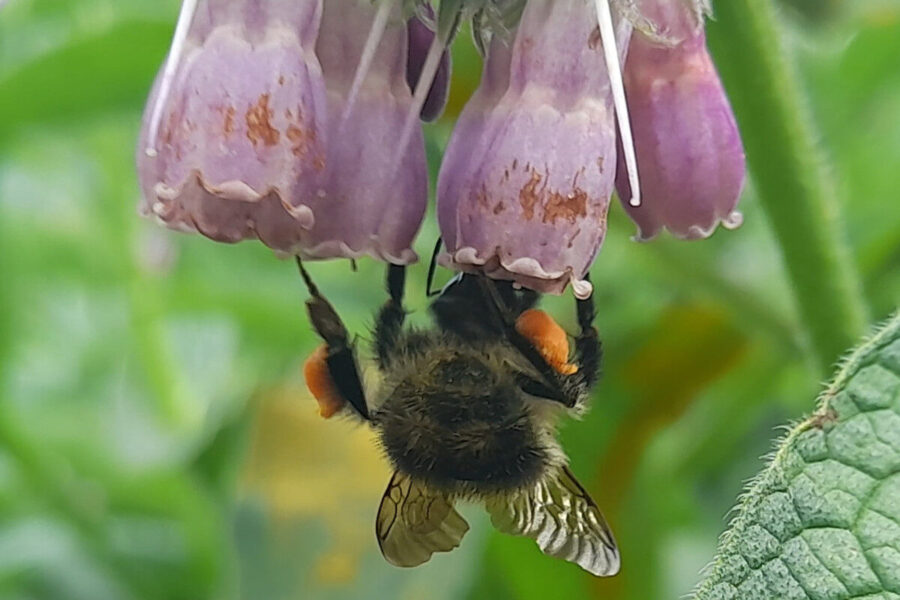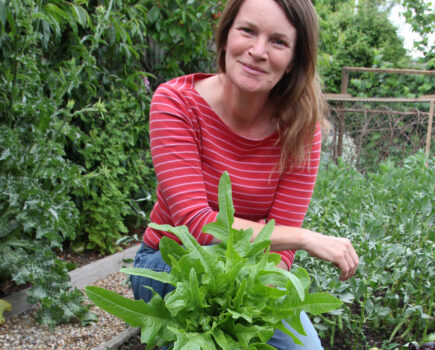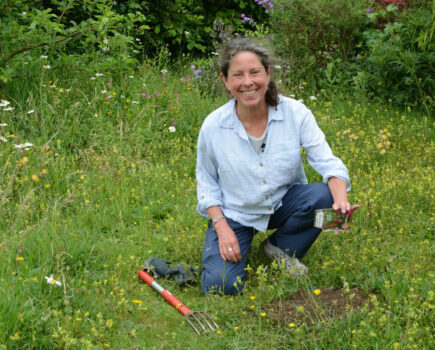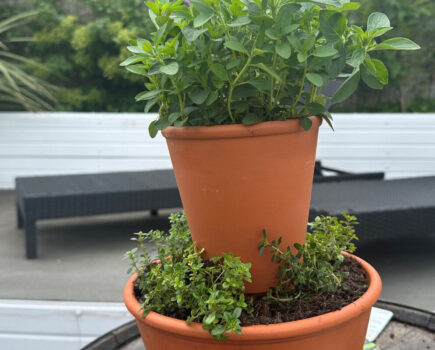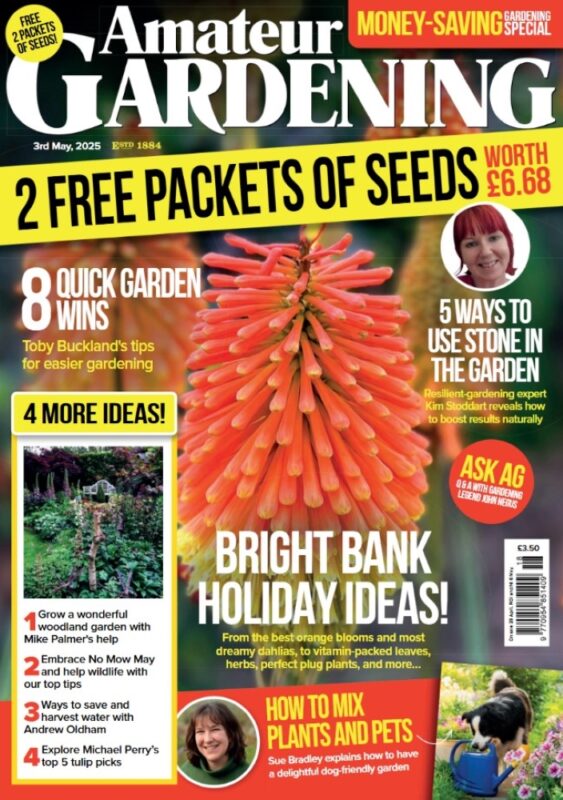Editor Kim Stoddart shares some upbeat gardening ideas to maximise wellbeing opportunities in our gardens and green spaces
Our precious gardens, no matter their size, afford us the opportunity to grow plants, connect with the natural world in all its glory and benefit from time spent gardening. We know how good it feels with a little sun on our backs, as early season blooms start to emerge, pollinators buzz excitedly about and birds flutter back and forth with food and spring frolics in mind. The sense of growth and renewal as the daylight hours increase is strong at this time of year and hope for the growing year ahead is abounding.
It’s no wonder that gardening is recommended by the NHS for mental and physical health. Let’s face it, we all need a little nurturing and joy right now. I’ve run lots of therapeutic gardening projects and courses over the years for the National Botanic Gardens of Wales and other organisations, and personal resilience is as important as the on-the-ground solutions when it comes to gardening around extreme weather. It is the backbone that steadies and grounds us.
I’d like to take this opportunity to share some of my own experiences and ideas around personal wellbeing to help you find some enjoyment, money-saving and rewards in your gardens over the weeks and months ahead.
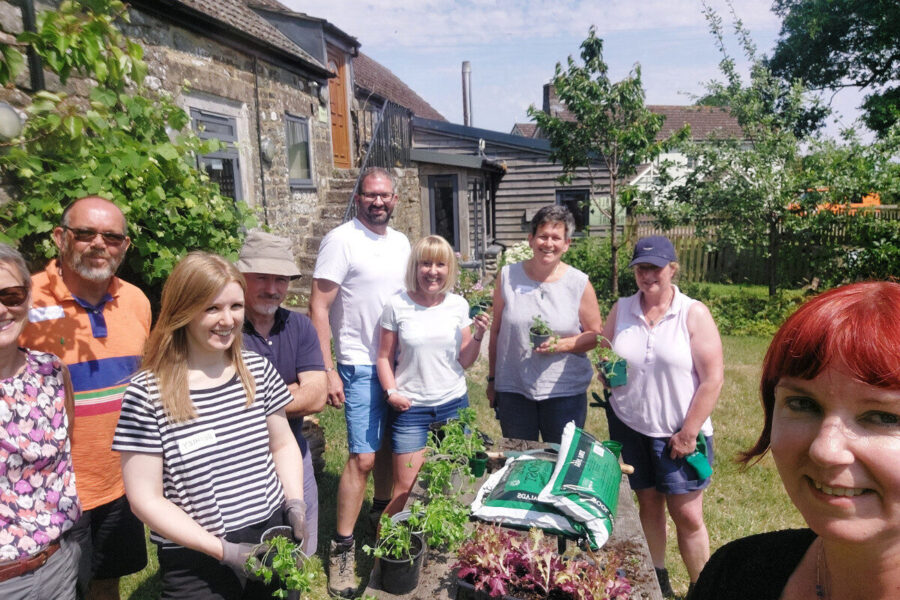
Switch off to switch on
That’s an obvious thing to say, but hands up – who often feels guilty about all the things they need to be doing in the garden, especially as the season progresses? ‘Gardener guilt’ comes up time and time again with the courses I run, as we see images on the TV and social media of picture-perfect gardens, and the pressure to compete and conform flows over us. What we see on camera (and behind the scenes) is not the full picture of course; untidy areas can be hidden from view and in the case of TV, there will usually be many helping hands at work.
What we need now more than anything is to make life easier for ourselves, to enjoy the space and to be at peace in our gardens, to just sit and stare and let our minds settle. You can’t always get to such an emotionally regulated space straight away, especially not if your mind is buzzing with things you need to do and think about, whether it’s work, the news, or the bleeping mobile phone in your pocket.
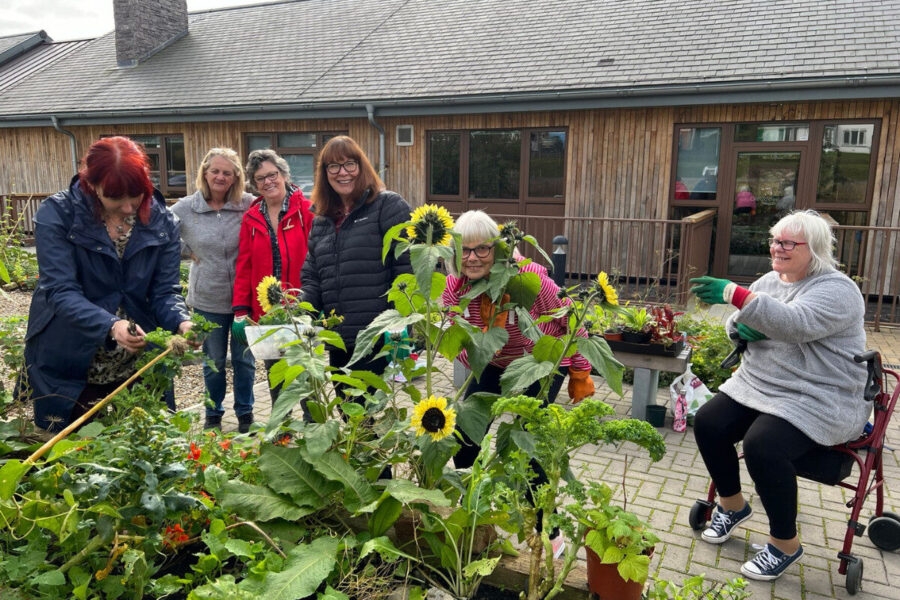
Leave them all behind and tune into your garden by walking around it, doing some light weeding or pruning. Focus on this and the task at hand and your mind will begin to become less ‘fight or flight’ and fizzy (as I call it) if it is focused elsewhere. Touching leaves and soil, connecting with the real things around you can help massively to bring your mind down and ground yourselves.
If it helps, gift yourself 20 mins of such unrushed guilt-free time a day, and before long it will become second nature as your brain and body adjusts.
No matter how much I need to do, I garden every day, even in some small way for 30 minutes or an hour, leaving all technology behind when I do. Walking around, tuning in and slowing myself down works well for me, as does focusing on calm breathing, which helps to settle the mind and allows me to be in the moment. I used to do this exercise when I was running a project for young autistic adults, but I found since the pandemic that everyone benefits in some way from such mindful gardening, including myself!
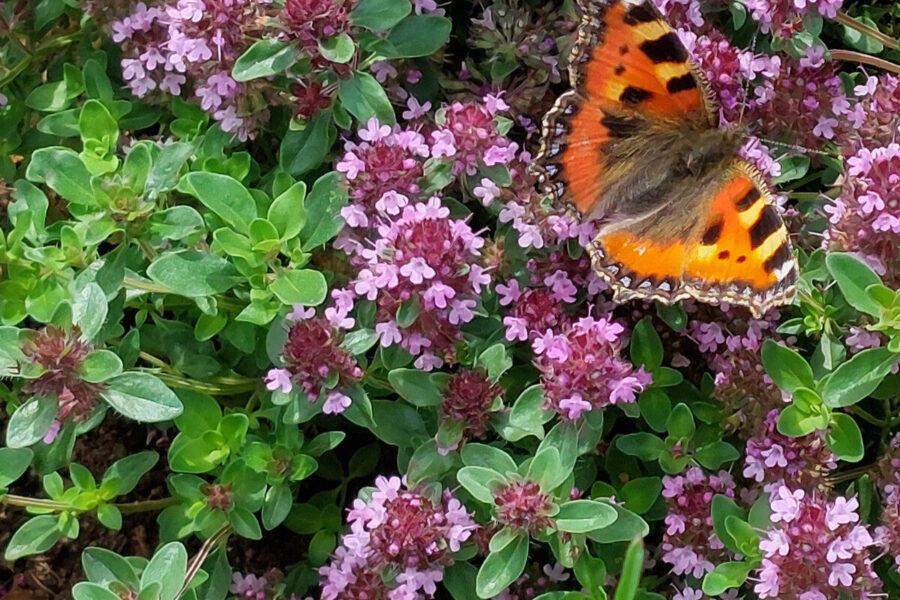
Remember this calm space is also great for planning and problem solving in your garden if you need an excuse to slow right now.
I like racing through gardening tasks as well. Things need to get done after all, but my daily mindful gardening time is for me and is blissfully guilt and rush-free.
Make something out of nothing
Whether it’s repairing a broken item such as my ramshackle but effective polytunnel door fix, reusing old items in a positive and new way (such as turning wellies or shoes into fun planters), or growing on some kitchen leftovers (e.g. fruit pips and stones), the personal satisfaction is immense. It’s a small act but an important one because you have done something in the here and now which is both clever and creative.
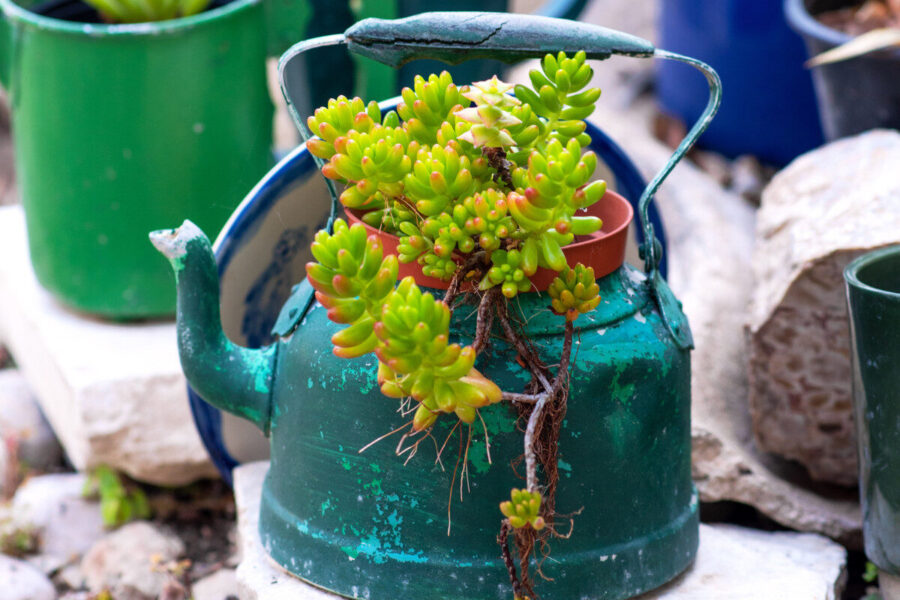
You have problems solved and have saved money or saved an item from landfill and together these little wins all add up. It’s incredibly rewarding to know you can do this for yourself, taking back control from a crazy world one item at a time and you are doing your bit for the planet the more you transform waste items into something wonderful. In that moment all is good in the world as a result.
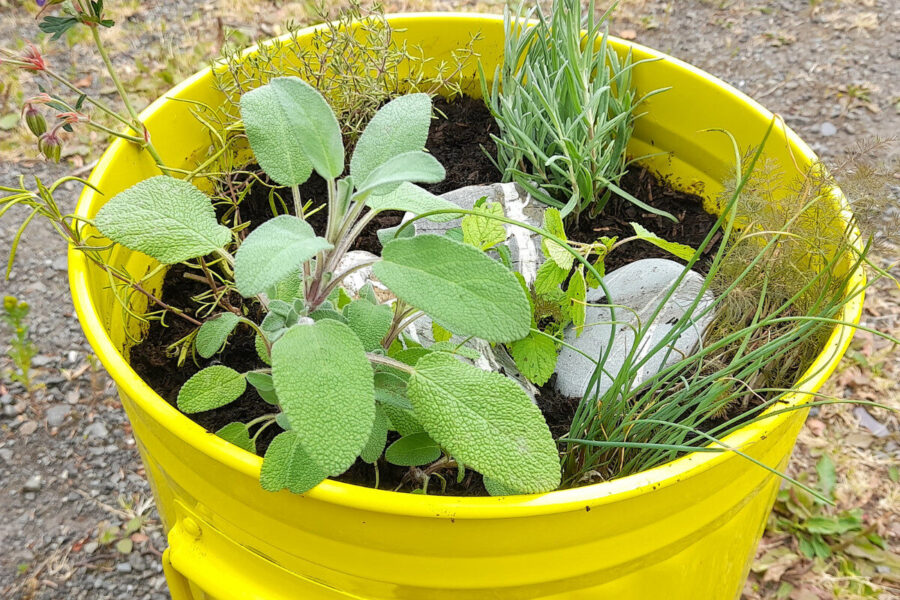
Reach out to others
There really is power and potential in working with people in your area, be it seed swaps, community gardens, or simple little acts of care and kindness along the way. It could be propagating extra plants, growing extra seedlings (in a relaxed way) to pass on to others, or simply reaching out to lend a collaborative smile, hello or helping hand to friends, family or complete and utter strangers.
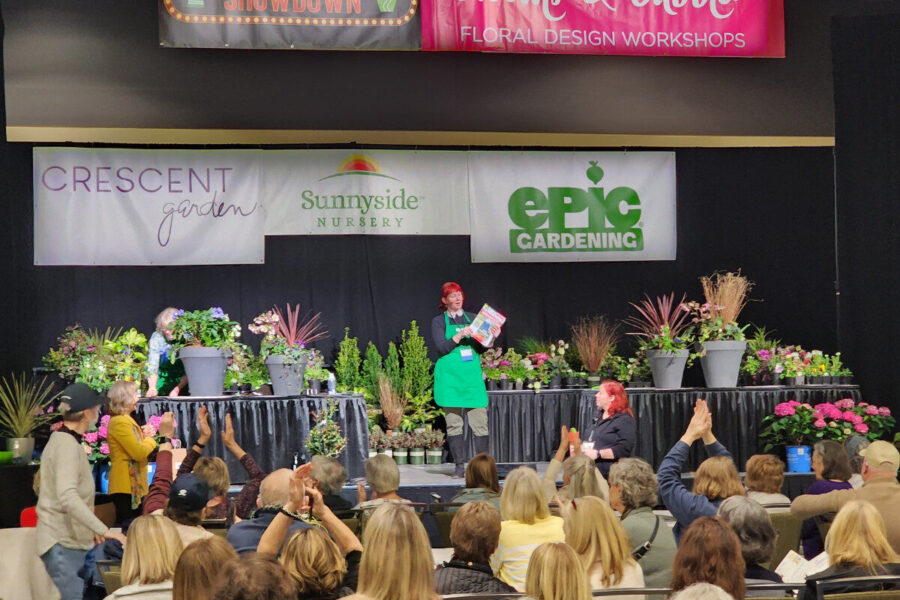
Compliments and acknowledgments don’t cost anything and they can make you and others feel good in the moment. It was lovely to see when I was recently talking about climate change gardening at the Northwest Flower and Garden Show in Seattle that just the simple act of using individuals’ names when they asked me questions, listening and personalising the connection, meant I was acknowledging them to the audience. It resulted in some really meaningful feel-good connections for all concerned.
Personalise and play
The more you can make your garden reflect your own preferences and interests, the more enjoyable it will be. I’m adding in a few extra water features this year; a mini sink pond in the polytunnel which won’t cost anything, and a stone water fountain by the house which will bring much enjoyment, more bird feeders….
Plus, I love trying out new varieties of edibles so there’s plenty of that in the pipeline, and I have a new hammock I can’t wait to find home for. I’ll probably hang it by one of the bird feeders on the outside of the vegetable garden so I can fully enjoy my garden and all the glory of the natural world.
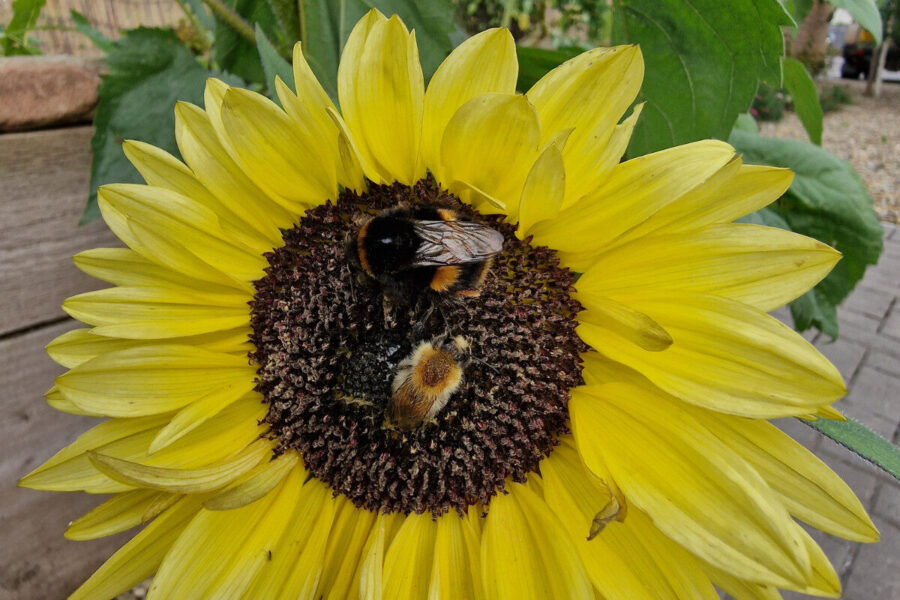
………
See www.greenrocketcourses.com for details of courses and talks Kim is doing this year
Find more tips, advice and articles like this at the Amateur Gardening website. Subscribe to Amateur Gardening magazine now

